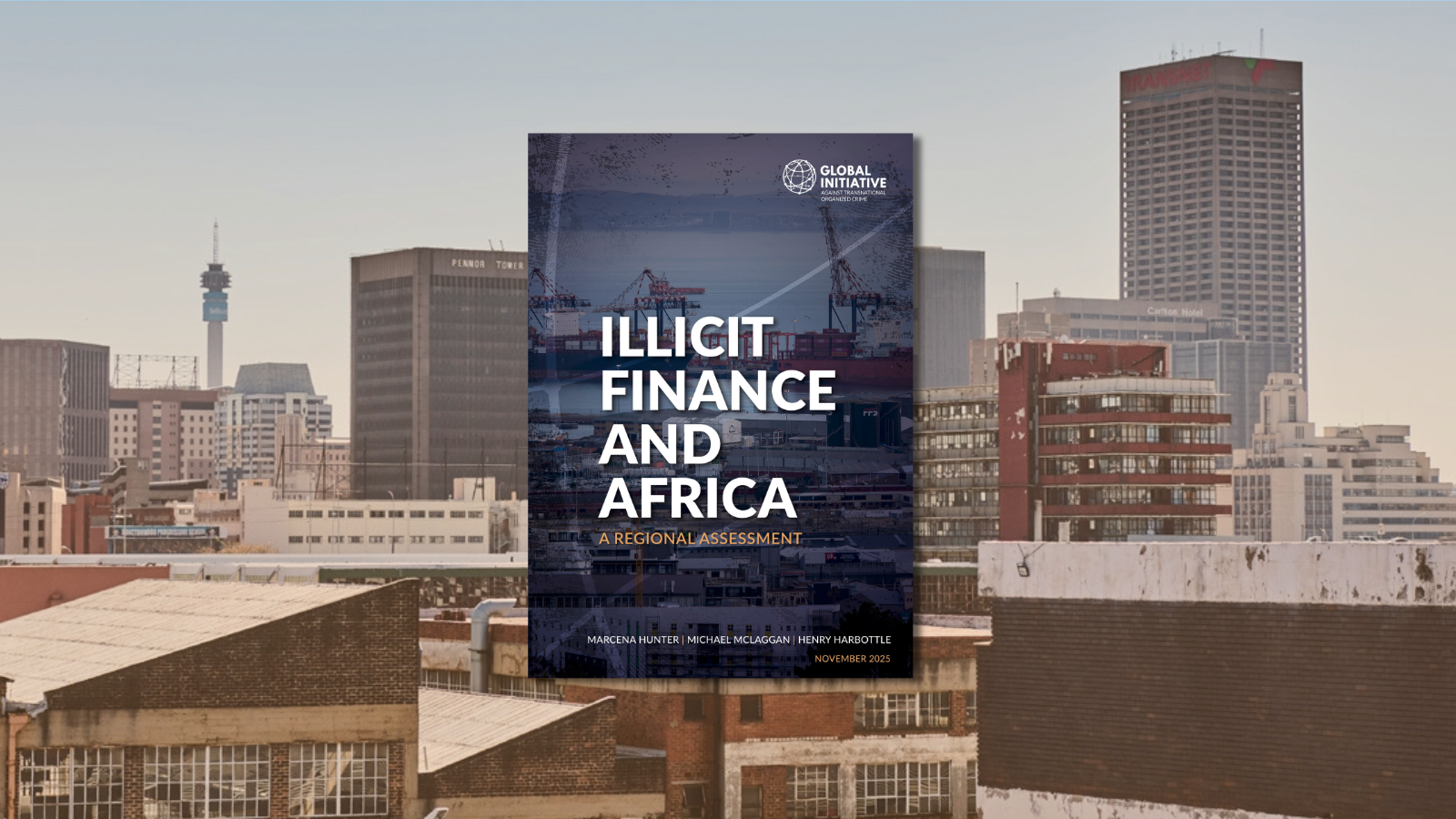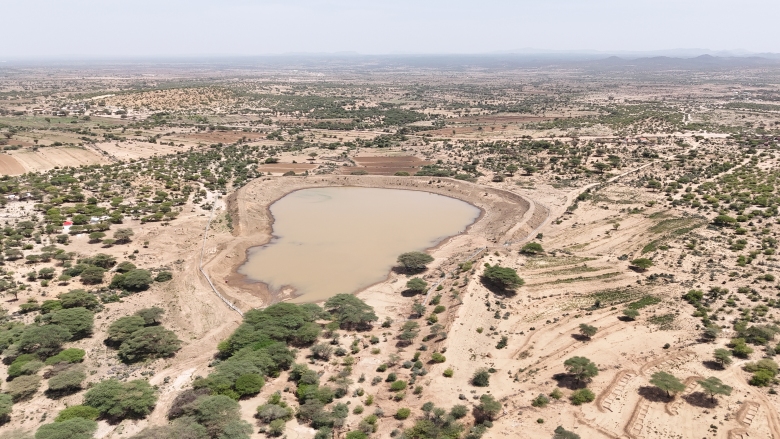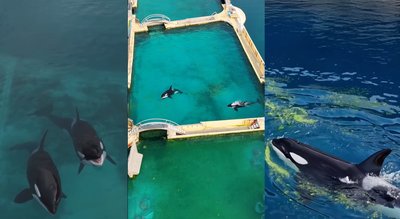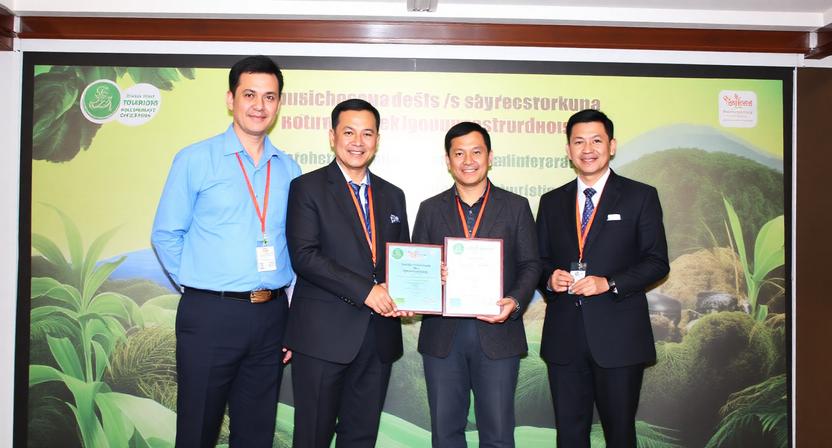Ladakh Leads India’s Sustainable Tourism Revolution with Eco-Friendly Infrastructure and National Green Initiatives Shaping the Future of Travel: New Update You Need to Know – Travel And Tour World

Report on India’s Sustainable Tourism Development and Alignment with UN SDGs
India is undertaking a significant transformation of its tourism sector, prioritizing sustainability and eco-friendly infrastructure in line with the United Nations Sustainable Development Goals (SDGs). The union territory of Ladakh is a leading example of this revolution, implementing pioneering initiatives to protect its fragile high-altitude environment. Supported by national green programs, these efforts are establishing a new paradigm for responsible travel across the country, directly contributing to several key SDGs.
Ladakh: A Case Study in Sustainable High-Altitude Tourism
Infrastructure and Environmental Protection Initiatives
Ladakh has become a model for sustainable development by balancing tourism growth with the preservation of its unique ecosystem. The region’s strategy focuses on creating environmentally conscious infrastructure and promoting conservation, which aligns with multiple SDGs.
- Biodiversity Park in Leh: The establishment of a Rs 23.16 crore biodiversity park directly supports SDG 15 (Life on Land) by conserving the region’s unique terrestrial ecosystems and endemic biodiversity.
- Cultural and Community-Based Tourism: The Rs 11.91 crore “Exploring LOC and Hundarman Village” project in Kargil promotes the preservation of cultural heritage and provides economic opportunities for local communities, contributing to SDG 11 (Sustainable Cities and Communities) and SDG 8 (Decent Work and Economic Growth).
Ensuring Tourist Safety and Institutional Strength
The establishment of the Ladakh Tourist Police Unit in 2021 underscores the region’s commitment to safe and responsible tourism. This specialized unit enhances institutional capacity and ensures a secure environment for visitors.
- This initiative directly addresses SDG 16 (Peace, Justice and Strong Institutions) by creating effective and accountable institutions to ensure public safety and access to assistance.
- By fostering a secure environment, the unit also supports SDG 8 (Decent Work and Economic Growth), as safety is a prerequisite for a thriving and sustainable tourism economy.
National Green Initiatives and SDG Integration
The 2024 Sewerage Treatment Plant Incentive Scheme
A cornerstone of India’s national strategy is the 2024 Sewerage Treatment Plant Incentive Scheme, which encourages small hotels and guesthouses to adopt decentralized sewage treatment systems. This program makes significant contributions to several SDGs:
- SDG 6 (Clean Water and Sanitation): The scheme is designed to prevent the contamination of local water bodies by ensuring the proper treatment of wastewater, thereby safeguarding clean water resources.
- SDG 11 (Sustainable Cities and Communities): It promotes the development of sustainable and resilient infrastructure within tourism-dependent communities.
- SDG 14 (Life Below Water) and SDG 15 (Life on Land): By reducing pollution at its source, the initiative helps protect both aquatic and terrestrial ecosystems from the harmful effects of untreated sewage.
Comprehensive National Tourism Programs
National programs like Swadesh Darshan 2.0 and PRASHAD are instrumental in developing sustainable tourism infrastructure across India, with a clear focus on environmental and cultural preservation.
- Swadesh Darshan 2.0: This scheme develops integrated tourism circuits that enhance infrastructure and create new tourism products, supporting SDG 8 by fostering inclusive economic growth and SDG 11 by building sustainable tourism destinations.
- PRASHAD Program: By focusing on the development and beautification of pilgrimage sites, this initiative helps safeguard India’s cultural and spiritual heritage, a key target of SDG 11.
- Challenge-Based Destination Development: This initiative directs resources to upgrade specific high-potential destinations, ensuring their development aligns with the principles of SDG 12 (Responsible Consumption and Production) by promoting sustainable tourism practices.
Thematic Tourism Development for Sustainable Growth
Examples of Thematic Projects and their SDG Impact
India is increasingly focusing on thematic tourism to create unique travel experiences while ensuring sustainability. These projects are designed to protect regional assets and align with global goals.
- Coastal Heritage Circuit (Tamil Nadu): This government initiative promotes the state’s rich coastal culture while investing in sustainable infrastructure, directly contributing to the conservation of marine ecosystems under SDG 14 (Life Below Water) and the protection of cultural heritage under SDG 11.
- Riverfront Development (Varanasi): This project aims to improve the visitor experience along the Ganges River while preserving its sacred and cultural significance, supporting SDG 6 (Clean Water and Sanitation) and SDG 11.
Conclusion: A Future Framework for Sustainable Tourism in India
India’s strategic investment in eco-friendly infrastructure and conservation-focused tourism initiatives demonstrates a firm commitment to the Sustainable Development Goals. By integrating principles of environmental responsibility, social inclusivity, and economic viability, the nation is paving the way for a tourism industry that protects its natural and cultural resources for future generations. This approach not only positions India as a premier destination for responsible travelers but also ensures that the growth of its tourism sector is both resilient and sustainable.
Analysis of Sustainable Development Goals in the Article
-
Which SDGs are addressed or connected to the issues highlighted in the article?
- SDG 6: Clean Water and Sanitation – The article directly addresses this goal through its focus on the “2024 Sewerage Treatment Plant Incentive Scheme,” which aims to safeguard water bodies from contamination by promoting decentralized sewage treatment systems in hotels and guesthouses.
- SDG 8: Decent Work and Economic Growth – The article highlights the promotion of sustainable tourism to create economic benefits. Initiatives like “Swadesh Darshan 2.0” and the development of thematic tourism circuits are designed to boost the tourism industry, which in turn creates jobs and promotes local culture, contributing to economic growth.
- SDG 9: Industry, Innovation and Infrastructure – The development of “eco-friendly infrastructure,” integrated tourism circuits, and specific projects like the biodiversity park in Leh and riverfront developments in Varanasi are central themes. This reflects a focus on building sustainable and resilient infrastructure to support the tourism industry.
- SDG 12: Responsible Consumption and Production – The overarching theme of the article is the shift towards sustainable tourism, which aligns with promoting sustainable consumption and production patterns. The national push for “environmentally conscious tourism practices” and schemes that support eco-friendly operations are direct efforts towards this goal.
- SDG 15: Life on Land – The article emphasizes the preservation of natural environments, particularly in high-altitude regions like Ladakh. The creation of a “biodiversity park in Leh” and the general focus on “environmental conservation” and protecting “unique landscapes and ecosystem” are direct contributions to protecting terrestrial ecosystems.
-
What specific targets under those SDGs can be identified based on the article’s content?
-
SDG 6: Clean Water and Sanitation
- Target 6.3: By 2030, improve water quality by reducing pollution… halving the proportion of untreated wastewater. The article’s discussion of the “2024 Sewerage Treatment Plant Incentive Scheme” directly supports this target by encouraging small hotels to install decentralized treatment systems to prevent water contamination.
-
SDG 8: Decent Work and Economic Growth
- Target 8.9: By 2030, devise and implement policies to promote sustainable tourism that creates jobs and promotes local culture and products. The article details several such policies, including “Swadesh Darshan 2.0,” “PRASHAD,” and the “Challenge-Based Destination Development” initiative, all aimed at developing sustainable tourism across India.
-
SDG 9: Industry, Innovation and Infrastructure
- Target 9.1: Develop quality, reliable, sustainable and resilient infrastructure… to support economic development and human well-being. The article describes significant investment in “eco-friendly infrastructure,” such as the development of tourism circuits, biodiversity parks, and riverfronts, which aligns with this target.
-
SDG 12: Responsible Consumption and Production
- Target 12.b: Develop and implement tools to monitor sustainable development impacts for sustainable tourism. The national initiatives mentioned, such as “Swadesh Darshan 2.0” and the incentive scheme for sewage treatment, serve as tools and policies to guide and promote sustainable tourism practices.
-
SDG 15: Life on Land
- Target 15.4: By 2030, ensure the conservation of mountain ecosystems, including their biodiversity. The article highlights Ladakh, a mountain region, as a leader in sustainable tourism. The creation of the “Rs 23.16 crore biodiversity park in Leh” is a concrete action toward conserving mountain ecosystems and their biodiversity.
-
-
Are there any indicators mentioned or implied in the article that can be used to measure progress towards the identified targets?
-
SDG 6: Clean Water and Sanitation
- Implied Indicator for Target 6.3: The number of small hotels and guesthouses installing decentralized sewage treatment systems under the “2024 Sewerage Treatment Plant Incentive Scheme.” This serves as a measure of the proportion of wastewater being treated before discharge.
-
SDG 9: Industry, Innovation and Infrastructure
- Indicator for Target 9.1: Financial investment in sustainable infrastructure. The article provides specific figures, such as the “Rs 23.16 crore” for the biodiversity park in Leh and “Rs 11.91 crore” for the Hundarman Village experience, which can be used as indicators of investment.
-
SDG 15: Life on Land
- Indicator for Target 15.4: The establishment and funding of protected areas for biodiversity. The creation of the “biodiversity park in Leh” is a direct, measurable action that contributes to the coverage of protected areas in mountain regions.
-
SDGs, Targets, and Indicators Table
| SDGs | Targets | Indicators |
|---|---|---|
| SDG 6: Clean Water and Sanitation | Target 6.3: Improve water quality by reducing pollution and minimizing the release of hazardous materials, halving the proportion of untreated wastewater. | Number of decentralized sewage treatment systems installed by small hotels and guesthouses under the 2024 incentive scheme. |
| SDG 8: Decent Work and Economic Growth | Target 8.9: Devise and implement policies to promote sustainable tourism that creates jobs and promotes local culture and products. | Implementation of national policies such as Swadesh Darshan 2.0, PRASHAD, and Challenge-Based Destination Development. |
| SDG 9: Industry, Innovation and Infrastructure | Target 9.1: Develop quality, reliable, sustainable and resilient infrastructure to support economic development. | Financial investment in sustainable infrastructure projects (e.g., Rs 23.16 crore for the biodiversity park). |
| SDG 12: Responsible Consumption and Production | Target 12.b: Develop and implement tools to monitor sustainable development impacts for sustainable tourism. | The establishment of national green initiatives and incentive schemes (e.g., Sewerage Treatment Plant Incentive Scheme) to promote sustainable practices. |
| SDG 15: Life on Land | Target 15.4: Ensure the conservation of mountain ecosystems, including their biodiversity. | Creation and funding of protected areas, such as the biodiversity park in Leh, to conserve mountain biodiversity. |
Source: travelandtourworld.com

What is Your Reaction?
 Like
0
Like
0
 Dislike
0
Dislike
0
 Love
0
Love
0
 Funny
0
Funny
0
 Angry
0
Angry
0
 Sad
0
Sad
0
 Wow
0
Wow
0










/campaigns/16-days-of-activism-against-gender-based-violence/pr-web-banner.tmb-1200v.jpg?sfvrsn=8cc7b98e_1#)






































































